I’ve had the chance to read a good batch of this year’s Free Comic Book Day 2014 titles. Here are thoughts about thirty-one of them. More to come…
Grimm’s Fairy Tales #0 published by Zenescope.
Once upon a time there was a monster of a soldier. But then they went away. Now they are being revived. This book tried to give us a Game Of Thronesy fantasy beginning, but it limps along rather. However it does have an original story that sets up the power of the Blood Knights and the danger they might present today, as part of a wider story. I’m just not sure if it’s a story many will want to read. Also, a little floppy, but bulked up by previews of Robyn Hood.
Hello Kitty And Friends published by Perfect Square and Viz.
So here’s where Art Baltazar and Franco have been hiding out. A series of short stories from upcoming Hello Kitty books, as well as Where’s Waldo style pages with Catbug and Bravest Warriors make this a real treat for the youngest comics readers, with very few words and lots of fun colourful stories. A real treat, with surprisingly good artwork.
Hip Hop Family Tree Two-In-One published by Fantagraphics
Some of this has already been published in the first Hip Hop Family Tree, some will appear in the upcoming volume 2. This fabrication of a non-existent early eighties comic clashes with the far-too-good paper quality, but pages where a felt tip note added by a non-existent reader bleeds through to the previous page is very convincing. This is a condensed history using this very specific comic book look, as well as Marvel Bullpen checklists, is the best of its kind. Hell, this may be the best of the comics of Free Comic Book Day.
Overstreet Comic Book Marketplace from Gemstone Publishing
As a preview for what is ostensibly a price guide, only two pages or wide spaced prices may not be that representative. But we get a bevy of articles on comics and comics collecting, focusing on the high end, it also tackles the heady topic of which is the first appearance of The Winter Soldier and a look at the history of Shi. Brief, classy and good for turning something free into something very expensive.
The Adventures Of Jellaby published by Capstone
This begins like a horror story for children. Spooky, full of tension, it is scary and nothing like the light and brightiness that the cover suggests – at least not initially. Then it all changes, previewing another two Jellaby stories, we get the cover feel, a fun silly adventure of a boy and his dragon and friends, playing. It’s not far from Calvin and Hobbes. But I preferred the earlier tone, which doesn’t seem to be recaptured.
Buck Rogers published by Hermes Press
Get ready to squint. Publishing Buck Rogers strips, that originally appeared full size on newspaper pages, shrunk to fit the dimensions of a comic book page isn’t going to be easy. It’s beautiful stuff in full colour, focusing on the work of Russell Keating as is the revived Howard Chaykin material at the back. It’s a shame about the cover, doing the opposite as the pages, blowing the art up too large and then having it coloured in a way that fights against the material. It looks rather unappealing, especially considering the far better material inside. People will pass this over and they shouldn’t.
Street Fighter #0 published by Udon Studios.
Unlike Buck Rogers, Udon has increased the size of its offering to better reflect the oversized actual Street Fighter graphic novels which these strips preview, really benefitting the lush coloured artwork throughout, never better than in the lead story “Hong Kong Hustle.” Lots of bright, fast, colourful fighting, and occasionally a little reason for it as well.
Steam Wars #0 published by Antarctic Press.
Like Buck Rogers, not a great cover, much better insides, in this preview look at Antarctic’s new series marries the characters of Star Wars with an Industrial Age technology, rifles and bayonets rather than light sabres and steam powers robots and ships. This should have been an official LucasFilm product but it makes do. So instead of a Wookie, we get a massive bear, we get electrified sabres and for Jedi, we have Quantum Dragoons. But for all that, the plot is original and this cheeky comic by Fred Perry is bound to jump start all manner of cosplay to come.
All You Need Is Kill/Terra Formers published by Viz Media.
So there’s an All You Need Is Kill film coming. So why not adapt the original book as a comic ahead of that? Wise move… and a full colour anarchic feel to the comic gives it its own freshness, in this preview of the upcoming book. It feels like it was published in the Toxic anthology, it’s punk and feels like an artefact of its own creation. Though having All You Need Is Kill read Western forwards and flip book Terra Formers read Western backwards does force the brain to do a quick flip as well. But yes, violence and martian nudity deserve its mature label. Definitely to keep away from the kiddies.
Futures End #0 published by DC Comics
I love a story set in the future. Despair, despondency, this is very much an Age Of Ultron wannabe, showing a terrible world with the heroes defeating, sending one man back in time to kill another to change the timeline. Also, Terminator. And well times for the release of X-Men: Days Of Future Past. It’s a brand new story, looks pretty decent, seeing all the familiar figures in twisted or defeated forms. Like playing with your action figures and mashing them up with Zoids at the same time. Since we ran an early review, there has been some commentary that, of course, Batman manages to survive and save the day like he always does.
Nnnnn… not so fast.
Raising A Reader from the CBLDF
They’ve been handing this out at other shows before, and it’s not exactly going to be giggles for the kids, but this is an illustrated essay about how to read, how to read comics, and how a parent can get involved with their child’s education, including comic books, before seguing in to a freedom of speech message and a signing up form. It feels a little incongrous for a comic-sized form to have a test essay imploring people to use comics – rather than the Scott McCloud method of using comics, but I think this publication could be popping up a number of times in my household over the next few years.
Uber #0 published by Bleeding Cool’s publisher Avatar Press.
Taking its lead from World War Z, this is a series of narratives, letters, transcripts of interviews, field reports from the Uber world, one in which superpowers were developed by the Nazi and the Allied forces towards the end of World War II, transforming and lengthening the campaign and changing human history completely. And we get the perspectives of the scientists and soldiers, the subjects and the victims. This is not a comic, but it provokes an obsessive interest in the subject in the reader that should transfer well into interest in the comic as a whole, as well as repurposing existing material into something fresh and new.
Atomic Robo from Red 5
A regular favourite on Free Comic Book Day. Partly due to having brand new, complete, exclusive stories that are funny, clever and sweet. As well as the titular Atomic Robo, there are also stories for Bodie Troll and Haunted. I’m still surprised that this comic doesn’t get more attention given its long standing pedigree, nifty art and excellent turns of phrases, such as “Action Geology”. That it’s not as big as Hellboy is a crime. Here’s a chance to discover why.
Archie Digest from Archie Comics.
Your free bargain! 100 pages of full colour Archie, paperback squarebound and digest size. And the stories are – Archie staple. Simple, groany-gag filled, they could come from any decade… and probably do. I probably prefer my Riverdale gang as the undead, but they’ve been getting quite the revival of late, this could be a rather attractive recruiting tool. Just not for me.
Bongo Free For All Comics published by Bongo
This comic has a back page Archie gag with the Futurama gang that I laughed at more than a hundred pages of the real thing, and the Sergio Aragones “Where’s Ralph” full page cartoon of a prison riot is my favourite thing here, but there’s lots to love. And even if the new stories are a bit hum drum, the notion that Rupert Murdoch is the Devil and calls Mr Burns boss is enough to keep me turning the page…
Les Misérables published by Udon
Adapting the Victor Hugo novel, it cuts out the essays and moral quandrays and goes straight for the heart of the plot, previewing the story of Fantine, with the melodrama that suits much manga art so well, hyper exaggerating emotions. It is more successful than the preview of Pride And Prejudice at the back which is far more angular and dead-eyed, the impression is more like mannequins than anything real – or maybe that’s the point.
Sherwood Texas published by 12 Gauge
This is an Image Free Comic Book Day comic in disguise as the Sherwood Texas series is now launching from Image Comics in July. Very Sons Of Anarchy, the preview story focuses on biker gangs, an early death and the consequences in and around the community, all while retelling the story of Robin Hood and the powerplays of men. So there is Sherwood and Nottingham in Texas, there is a Little John and Robin, son of Richard Hood… playing the Peter Panzerfaust game but with a very different war. And The Boondock Saints back up tells a not unsimilar tale of men and guns, though it’s a little odder. An unexpectedly good read all through.
Shifgeru Mizuki’s Showa: A History Of Japan published by Drawn And Quarterly.
This is the first of the Free Comic Book Day titles that I’ve got angry when I got to the end., It just stops. It will continue in the graphic novel but I want to read it now and I can’t and grrrrr. Cartoony when it needs to be, photo realistic when it needs to be, this is a World War II story from the point of view of a Japanese soldier in the navy. Getting beaten up, desperate for pineapple, while the war changes around him. And taking me all too easily on his journey…
Scratch 9 published by Hermes Press.
This is one of those comics that seems to, well, talk down to kids, Not credit them with any intelligence. Remember Inspector Gadget? Well, that. Mind numbingly tedious, slightly given a fillip by President Obama banning all cats. Government overreach, I know. But when Hello Kitty gives you a much more intellectually stimulating meal for your cat, then you know something is wrong.
Bleeding Cool Magazine, published by Avatar Press.
Okay, well, there’s nothing objective I could say here. But with the new movie out, it’s the only publication on Free Comic Book Day with Spider-Man on the cover. I list ten comics to turn a kid into a comic book fan overnight, as well as ten of the best comics of the century so far. I already know I’m going to get shit for including Cerebus Latter Days but be that as it may… and Brendon writes a sensational article asking why cinema can’t have a Free Comic Book Day style event of its own. The magazine is designed for new and lapsed readers to give ideas of further reading, to inspire new directions and new thinking and to make people want to pick up another comic. I do hope it works… all brand new content. Hell, I’d read it.
Help The CBLDF Defend Comics
A mixture of stories old and new, illuminating the battle for free speech and comics can get rather exhilarating. There’s some preachiness, sure, but its immediately defused by Sergio Aragones and Mark Evanier’s true stories of censorship from the hilarious to the so strange they’re just not funny. And dropped in the middle is Strange Truths, s spooky take about suppressed information which does a better job than the preaching. But there’s a lot of good stuff to read here.
Sonic The Hedgehog from Archie Comics.
It’s time for the origin of Sonic. Does he need a new origin? Yes he does, a time before speed and rings and running… but this and the Mega Man X story on the back share a common problem, that of just not being very clever. There’s no wit or wisdom, which makes this a boring read in the way that other kids comics on this list are not. Sure, some kids will love them. But when they grow up, they will be sad that they did.
Scam Crosswords #0 published by Comix Tribe
This is not, as some will believe, a crosswords book. It’s an actual comic, a new prequel setting up the bigger graphic novel, a Las Vegas heist with superheroics, as well as another strip expanding the world. A little ephemeral perhaps but that comes with the territory. And a full sized graphic novel available digitally with a code in the back as well!
Teen Titans Go published by DC Comics
A reprint of last year’s Teen Titans Go #’1, but now with added free, it’s very based on the DC Nation Saturday morning spot which, as well as a more covered up Starfire, also brings us pizza monsters. Colourful, fun, but if you like this sort of thing… you probably have it. And paid for it too.
The Tick published by NEC Comics
This is more like it, especially when compared to Sonic. Fun, silly superheroics, witty, never stupid (unless it means to be) and giving us a full new adventure with The Tick dealing with an intergalactic hoarder – who also has a bunch of nineties comics that might be worth a fortune. For the young and the old, it will make you fall in love with The Tick all over again.
FUBAR: Ace Of Spades published by Fubar Press
Okay, this is just what you want. A new war story, set during the recent Iraq War, with US soldiers on the hunt for Iraqi figures of importance, as seen on a pack of cards. And unleashing a zombie epidemic in the process. All with an art style half way between Chris Burnham and Charlie Adlard. Oh yes and it’s written by Chuck Dixon. Is that enough to draw you in?
Kaboom! Summer Blast published by Boom! Studios
Lots of new kids comics, shoved cheek by jowl into this title. A very different looking Gardield, a very exactly-as-you’d-want-them-looking Adventure Time, and much more, there’s plenty of wit and wisdom in this comic to entertain the most jaded of children. We also get the comics debut of Stephen’s Universe as their Cartoon Network line continues to expand.
Spongebob Squarepants published by United Plankton
Lots of stories with art styles that jump from one story to another. Nice and thick, loads to enjoy and some very silly nonsense that’s just creepy enough to occasionally remind one of Ren And Stimpy – especially the comic strip about what goes into making a comic book. Rich, full and funky.
Intrinsic Singularity Zero published by Arcana
Yeah, this is pretty awful. Nice art on the surface but it belies a lack of content and those panels are massive. Though at least you don’t get a lot of it, this is the floppiest of floppies. A kind of a BPRD wannabe, complete with their own wisecracking large red demon. Oh yes and somehow CERN is involved. Free isn’t cheap enough I’m afraid.
Epic #0 published by Comix Tribe
This book tries to revive the wisecracking teenage superheroic trope, mixing battles with supervillains and battles with life. It felt a little same old same old, and the unpolished art wasn’t exactly winning me over. And then it suddenly threw in a sexual twist that lifted it into, if not exactly three dimensions, then may two-and-a-half. Also, there’s a code for even more free digital comics at the back, which is always good… one to watch, and the first issue proper is out the week after Free Comic Book Day. This may get a bevy of fans…
Uncle Scrooge And Donald Duck published by Fantagraphics
These are classic Don Rosa Duck stories – and in the first story A Matter Of Some Gravity is a true comics classic possibly one of the best stories for Free Comic Book Day, as Scrooge and Donald have their person gravity field turned sideways and have to deal with a world whose gravity remains normal, and the kind of story ideally suited to the comic book page and panels. It is absolutely astounding, well thought through and an utter joy to read, thge kind of story you might otherwise expect from a Will Eisner or an Alan Moore and I’d never read it before. This is the free comic you need to get most of all…
And more to come! Free Comic Book Day 2014 is held on May the 3rd at all good comic book shops.
Thirty-One Reviews Of Thirty-One Free Comic Book Day 2014 Titles – Futures End, Uber, Grimm’s Fairy Tales, Hello Kitty, Hip Hop Family Tree, Overstreet, Jellaby, Buck Rogers, Teen Titans Go, Street Fighter, Steam Wars, All You Need Is Kill, Raising A Reader, Atomic Robo, Archie, Bongo, Les Miserables, Sherwood Texas, History Of Japan, Scratch 9, Bleeding Cool Magazine, Defend Comics, Sonic, Tick, Fubar, Kaboom, Spongebob Squarepants, Epic, Uncle Scrooge, Scam and Intrinsic









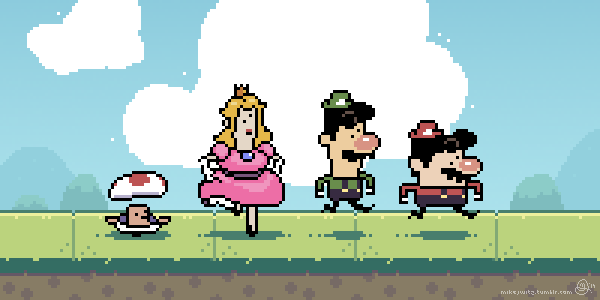 Nintendo should create an indie line of their video games where approved developers can do their own take on Nintendo's major franchises. Sort of like the DC Comics' Vertigo brand used to be. The characters you know and love, just not canonical.
Nintendo should create an indie line of their video games where approved developers can do their own take on Nintendo's major franchises. Sort of like the DC Comics' Vertigo brand used to be. The characters you know and love, just not canonical.

























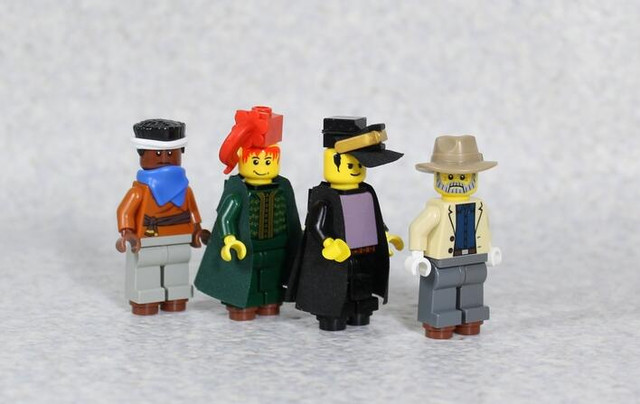
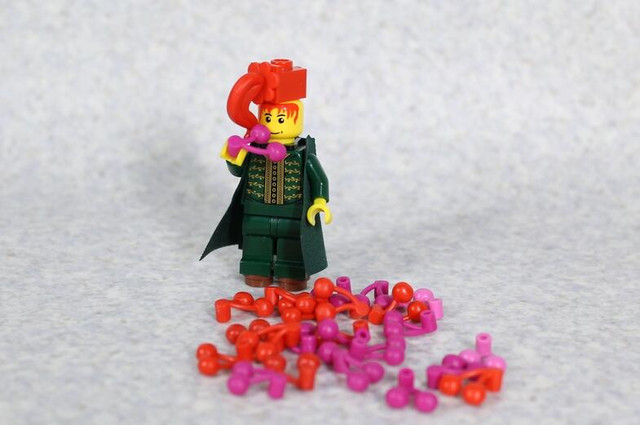
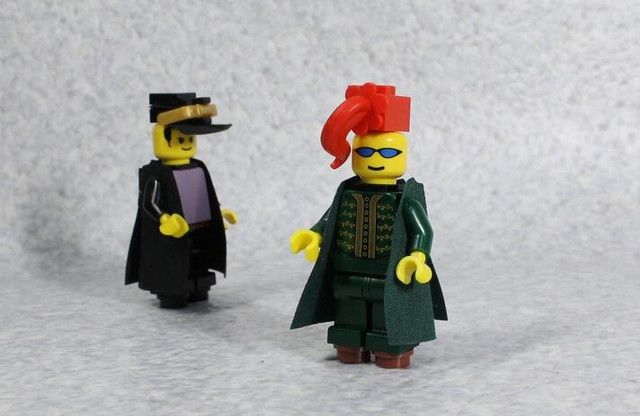


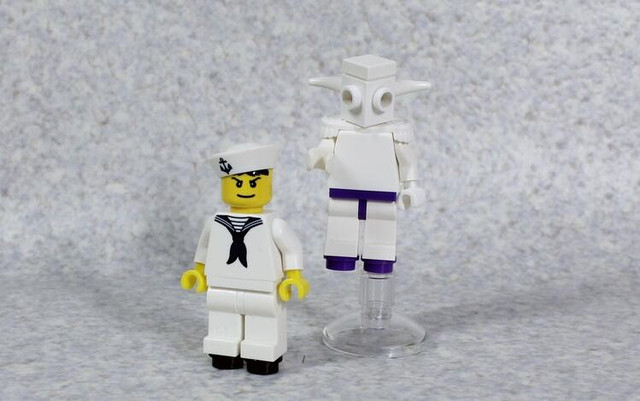
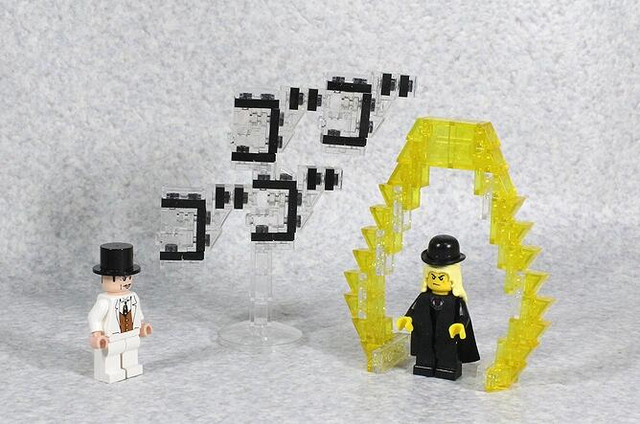

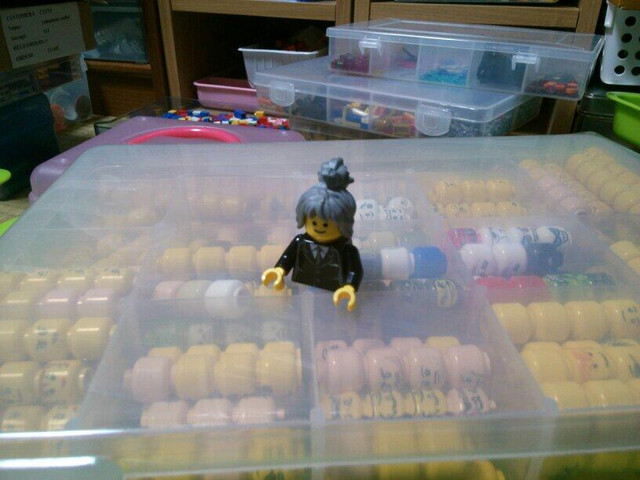




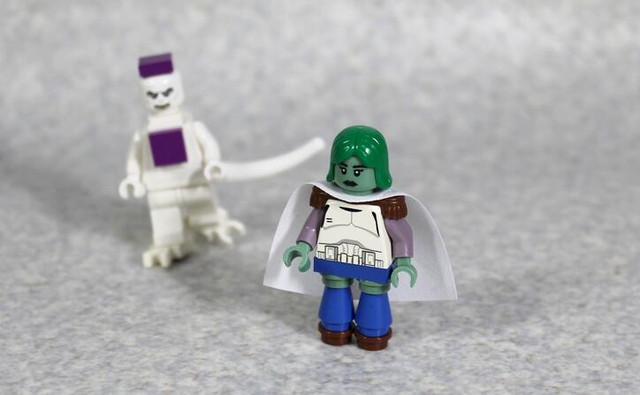

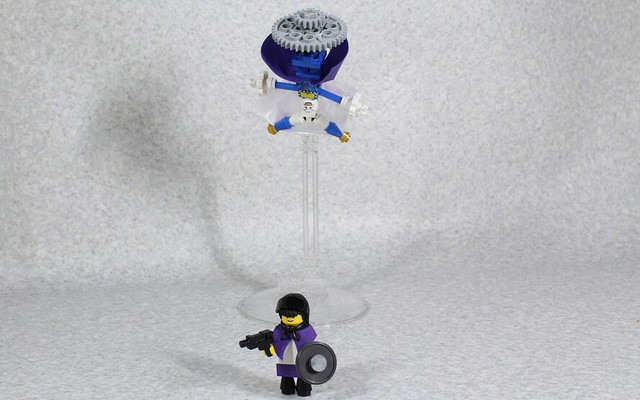

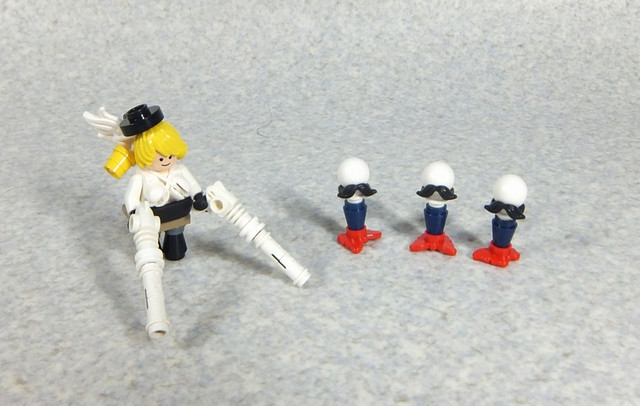


























































 In
In 





 I don't think anyone's managed to, how do I put this, curate a prostitute's wardrobe from the 19th century. All we have is commentary from middle-class writers.
I don't think anyone's managed to, how do I put this, curate a prostitute's wardrobe from the 19th century. All we have is commentary from middle-class writers.



